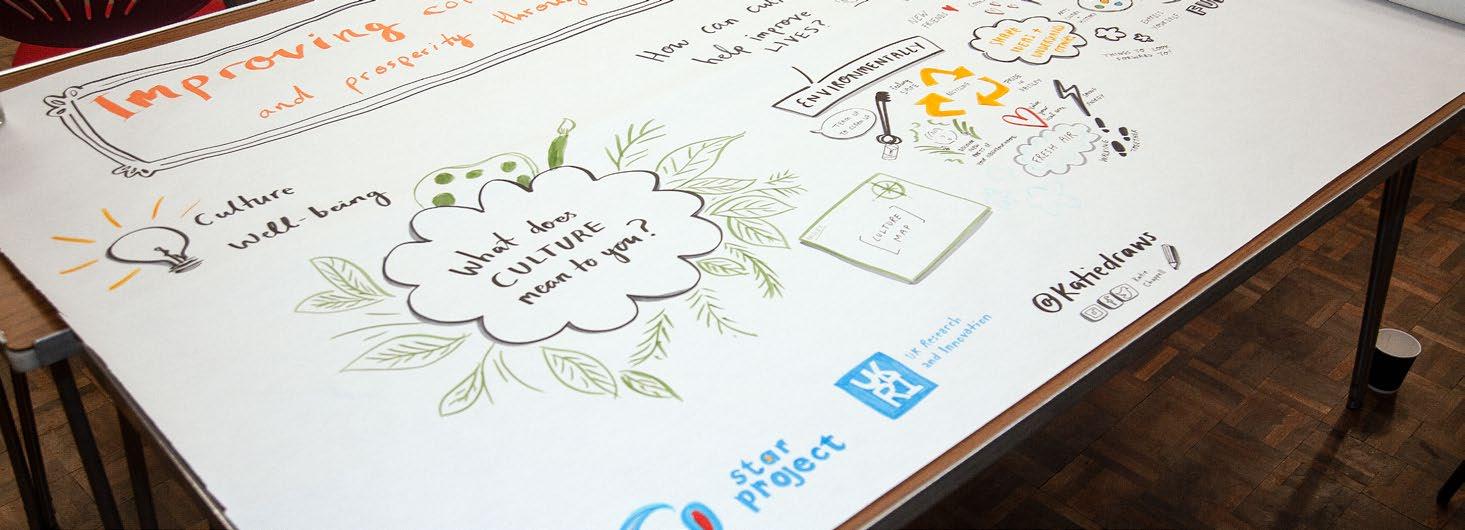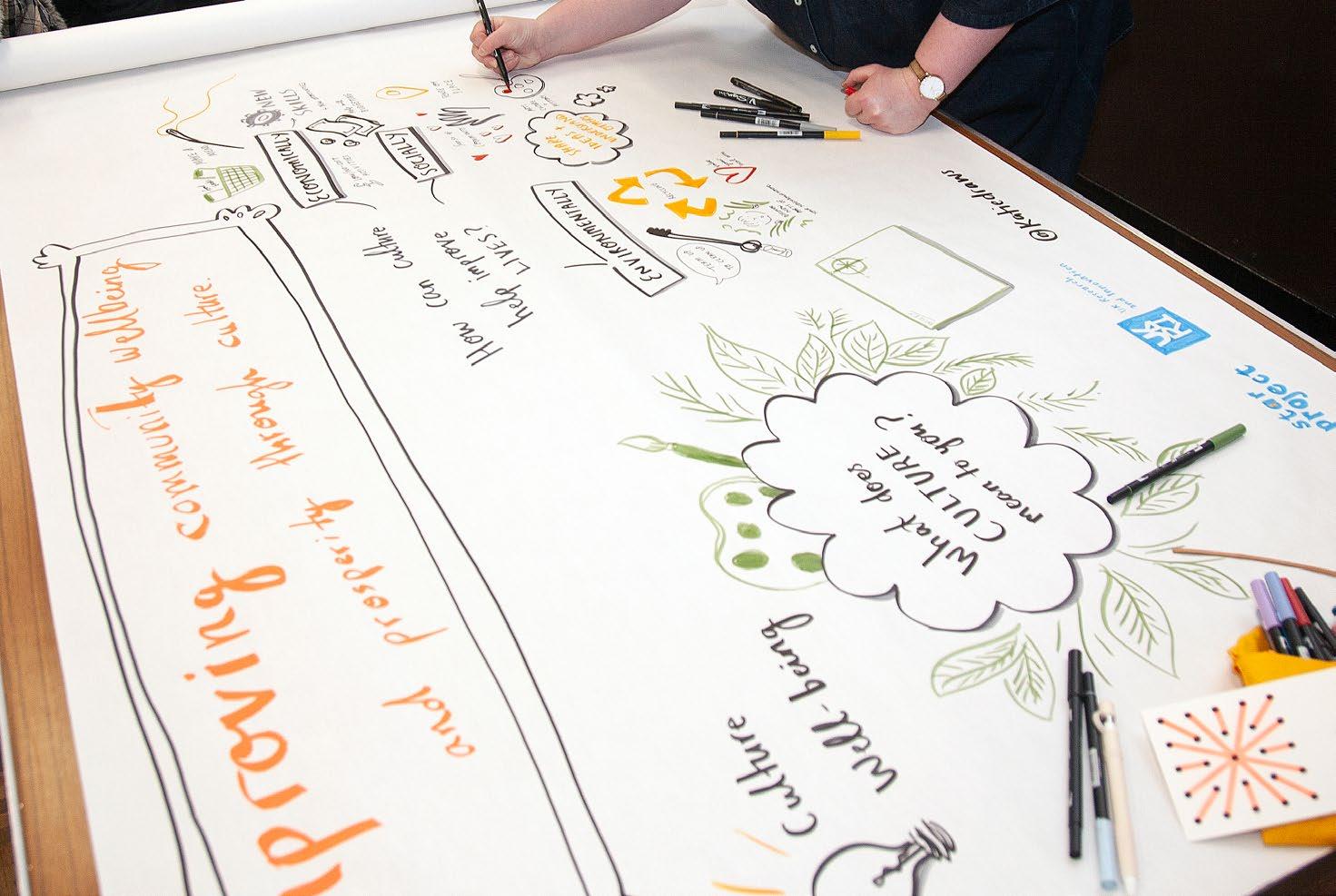The Role of Arts and Culture in Lifting Communities Out of Poverty: A Review of Evidence 1.0 Introduction The purpose of this evidence review is to present an overview of the available academic and grey literature that identifies and analyses evidence relevant for understanding the contribution of arts and culture to the alleviation of poverty (see particularly Sections 4.0, 4.1, 4.1.1-4.1.4). The review was conducted using search terms focussing on the themes of “art” and “arts,” “culture” and “poverty” alongside related terms and their proxies. Further, the reference lists associated with these sources were interrogated to identify other relevant material for inclusion in the review. Literature searches were initially undertaken using the terms “art,” “culture” and “poverty” / “poverty alleviation” alone. It was immediately clear that the literature that directly connects these terms has primarily developed within the context of (sustainable) development, often this work examines processes ongoing within developing and transitioning economies (i.e. Hagg, 2006; Sagina, 2005; Sim, 2017). Literature presenting analyses of data collected in the UK or, which reflects Europe-focused policy agendas and projects, generally does not utilise a contextualisation that associates the realms of art, culture and poverty alleviation overtly.1 While macro-economic analyses which echo those made for developing country contexts are evident (i.e. ACE: 2014), proxy indicators which – taken together – suggest that communities or individuals are likely to live in financially constrained circumstances, are preferred. Such indicators are focussed around measures of likely “social inclusion,” and “social exclusion” and include metrics such as “employment,” “education,” “wellbeing” and “personal development”.2 Notably, however, it is also clear that, equating “employment” with prosperity or – at least – the absence of poverty, is not unproblematic (i.e. Bakare: 2020; ACE; 2014; Inman 2020). In an attempt to uncover relevant literature with an explicit focus on “material poverty,” the term was added to the keyword combination searches. These initial searches demonstrate the fluidity of the term ‘poverty,’ evidencing the variety of ways in which it is defined and, utilised to frame discussions analysis or evaluation. For the purposes of this review it is useful to address these conceptual issues prior to reviewing any of the extant literature on arts, culture and poverty alleviation. So doing highlights the challenge of harnessing the impetus generated by arts and cultural interventions to address issues of ‘poverty’ effectively. It also points towards the ways in which careful attention to the parameters of the term at a project’s outset might accrue increased benefit over the lifetime of the intervention and beyond.
Rather, literature returned for searches including terms or combinations of terms “arts,” “culture” and “poverty” often focussed on the social behaviour, cultural tools and constraints informing the day-to-day actions of people and communities living in poverty (i.e. Small et al, 2010). 1
See Jermyn for a list of ‘claimed impacts of the arts’ compiled from a survey of literature on arts projects and their evaluation (Jermyn, 2001: 13-14). For a summary list of studies which examined the impacts of arts participation summarising methodologies used and impacts identified see Jermyn (2001:14-15). 2
4







